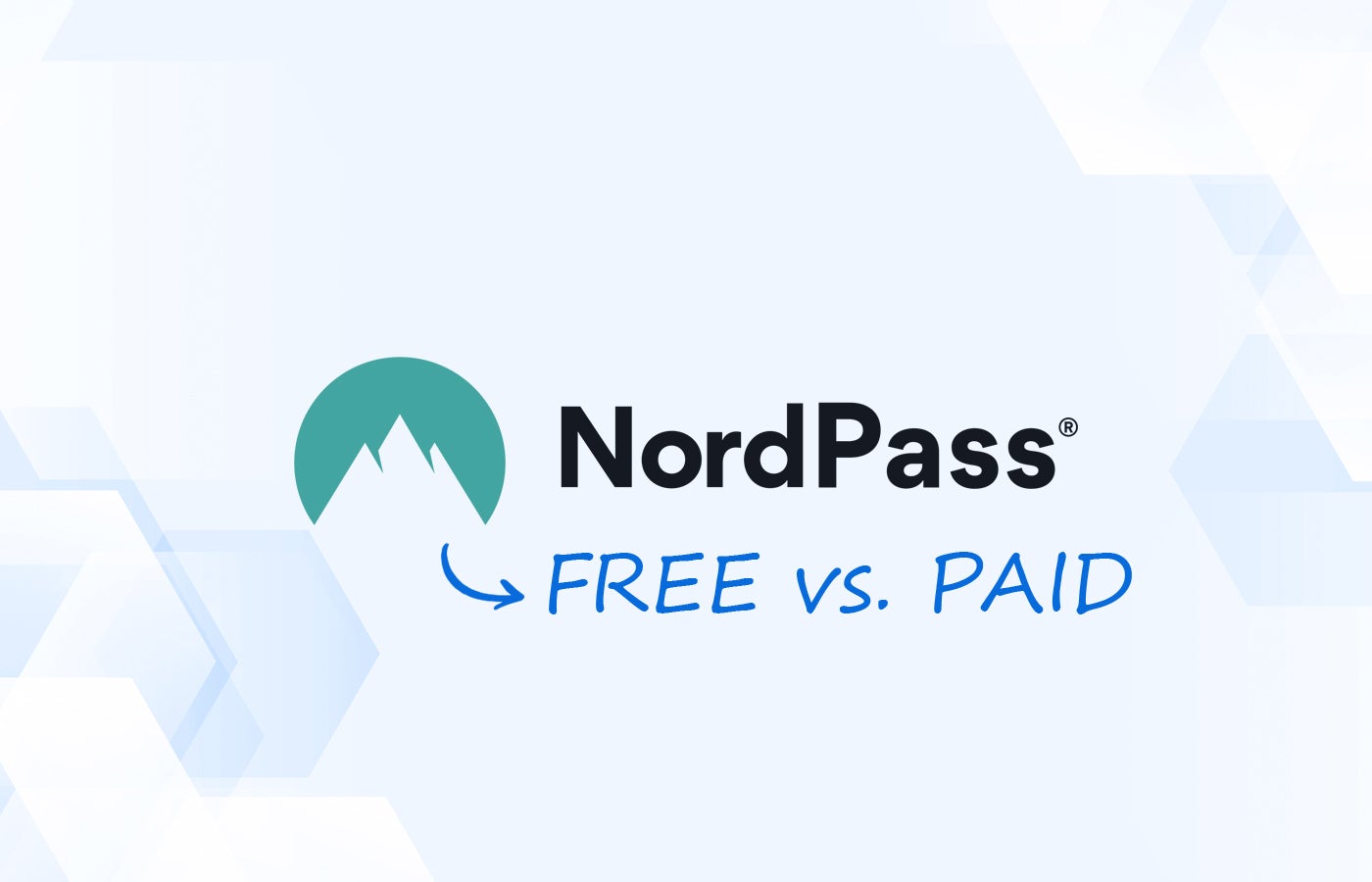Talk to risk and compliance expert Tom McLeod and he'll tell you that employers have two main responsibilities when it comes to their employees.
The first is to ensure their safety while working. The second is to pay them adequately and correctly.
While health and safety have improved in Australia over the past 30 years, paying employees properly has become a major problem. Cases of employers underpaying their employees have emerged, leading to new laws designed to combat intentional “wage theft”.
McLeod, risk director at payroll compliance firm Yellow Canary, said Australia's rewards system can make paying employees complex. However, he said changing payroll systems alone won't solve the problem and recommended independent payroll validation as a solution.
How big is the problem of underpaid employees in Australia?
Australia has been waking up to its underpayment problem for several years. Starting with a case involving 7-Eleven, first revealed in 2015, McLeod said awareness of the problem had been growing both in society and government, leading to more cases being discovered.
SEE: Best practices for maintaining payroll compliance
The Fair Work Ombudsman, the regulatory body responsible for recovering unpaid wages, said it had recovered A$509 million (US$336 million) for 251,475 workers in 2022-23. This was the second consecutive year in which more than $500 million was recovered.
Australia suffers from high-profile underpayment incidents
In a recent incident, Australian law firm Slater & Gordon filed a complaint with Fair Work after uncovering a $A300,000 (US$198,000) issue with the rate of leave accrual for some current and former employees who took half-pay leave between late 2011 and mid-2023.
This situation is overshadowed by the crisis of underpayments to universities. The National Tertiary Education Union says 30 universities have confirmed underpayments of A$203 million (US$134 million), and nine universities have set aside a further A$168 million (US$111 million) for alleged underpayments.
The list of historic underpayments includes supermarket giant Woolworths, which underpaid thousands of employees by $US300 million (US$198 million), and airline Qantas, which agreed to an enforceable commitment in 2020 to reimburse employees A$7.1 million (US$4.7 million).
Overpayments were also discovered when payroll audits were conducted.
Australian employers also frequently overpay their employees. While this is not as costly to businesses in the long run as underpayment, the Australian Payroll Association has said it has discovered overpayments in 70% of its payroll compliance checks.
McLeod said the issue of pay was an issue that concerned all Australian organisations, whether “large or small, government or private, listed or not, profit or not-for-profit”. More than half of Fair Work’s 22-23 year-old recoveries came from large companies and universities.
Why do underpayments occur so frequently in Australia?
In Australia, underpayments are often due to employer errors, as the country's industrial relations system is “extraordinarily complex”, with payments based on 122 modern awards, thousands of enterprise agreements and individual contracts.
While payroll software helps efficiency, it does not guarantee accuracy. When employers make mistakes in this environment, it can impact other Australian employee entitlements, such as superannuation or seniority leave.
Most companies will have made some mistakes with their payroll.
McCleod explained that some companies are “brave enough” to investigate internal pay inequalities, while others are not. And she said that when a check is done from a Yellow Canary perspective, it is “very rare that we find a completely clean slate.”
Payroll compliance errors are likely to be discovered for several reasons:
- The long historical periods investigated: When a potential problem is discovered, payment investigations typically look at payments to employees that employers have made over many years. This increases the likelihood of uncovering historical errors.
- Manual interventions and assumptions: Payroll managers can make manual changes and assumptions, which can ultimately corrupt payroll process data and lead to incorrect payment results over long periods of time.
- Confidence in documentation: In the past, payroll relied on paper contracts and documentation, sometimes dating back to before data could be searched digitally. This increases the likelihood of errors occurring when reviews are conducted.
Changing payroll software does not guarantee correct payment
Payroll has become digitalised over the years. This means that the payroll process now relies on good technologies, whether run in-house or outsourced. McLeod said: “It is not possible to run payroll in today’s environment with anything other than an automated approach.”
SEE: Step-by-step guide to making payrolls (the right way)
But updating payroll software won't fix underpayment issues. McLeod noted that systems are set up to correctly calculate payrolls based on the data and rules entered into them, but problems arise from the data that is entered, especially when the process isn't independently verified.
“[Changing systems] “It’s a bit of a Hail Mary sometimes,” McLeod explained.
“People think, ‘This is too difficult, let’s put a new system in place and when we put it in place, all this will go away. ’ What they’re mistaken about is that the system is just a sausage-making machine and that paying correctly depends on the ingredients, the data or the lack of it.”
This problem is compounded by the multiple systems involved and the lack of independent verification.
The payroll process may involve multiple integrated systems
Payroll can rely on multiple integrated systems. In a manufacturing plant, for example, automated time and attendance systems, manual recording of employee breaks, and shift scheduling systems often work together to generate a pay rule based on the appropriate award.
Employers and employees have outsourced verification to software
McLeod said the introduction of digital systems has led to businesses and employees outsourcing the manual verification of how much they are paid.
“Because the system does it for us, both employers and employees have absolved ourselves of our responsibility,” McLeod said.
Should you upgrade your payroll software to mitigate payroll non-compliance risks?
Before updating their payroll software, organizations should ask themselves why they are doing it, McLeod said.
“If you're looking for efficiency, there are plenty of systems out there, but ultimately payroll compliance is about accuracy, not efficiency,” he said.
Seek independent internal or external validation of employee payments.
Employers should consider introducing independent payroll compliance checks into the process.
“If accuracy is your priority, you have to ask yourself what independence of thought there is within the system that can automate accuracy or product reporting that shows where there are inaccuracies,” McLeod said.
She cautioned that while she has seen employers validate payments against the previous month, this is not enough to help identify systemic underpayment issues.
While some companies validate payments in an Excel spreadsheet, McLeod said this is not “scalable or repeatable” and may not be defensible if a company is investigated. Independent prepayment validation services like those offered by Yellow Canary, which sit outside the organization, are more robust ways to regularly verify that employee payments are correct.
Australian payroll crisis could affect more employers
Australia's payroll crisis could hurt businesses and drive innovation in payroll technology for the next 25 years, McLeod predicts.
As a compliance issue, he compares it to the Y2K problem, which forced organizations to address the change in the date of computers to the year 2000. The only difference? There is no deadline to comply with payroll rules, so it will be an ongoing problem for companies.
However, McLeod urged companies to be brave enough to investigate their payroll compliance, as well as consider independent pre-validation services.
“Every organisation has to pay its employees appropriately,” he said. “To paraphrase someone, it’s an idea that has had its time. You can’t say that the business model is to underpay employees in the Australian environment today.”












